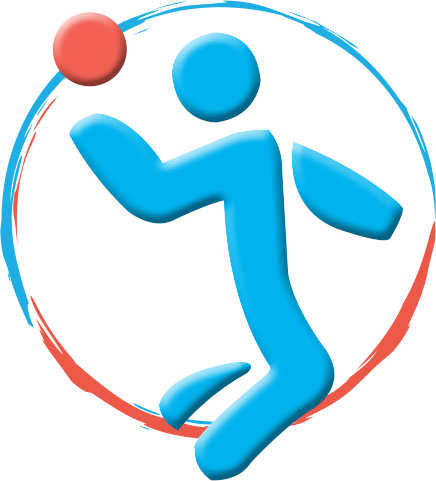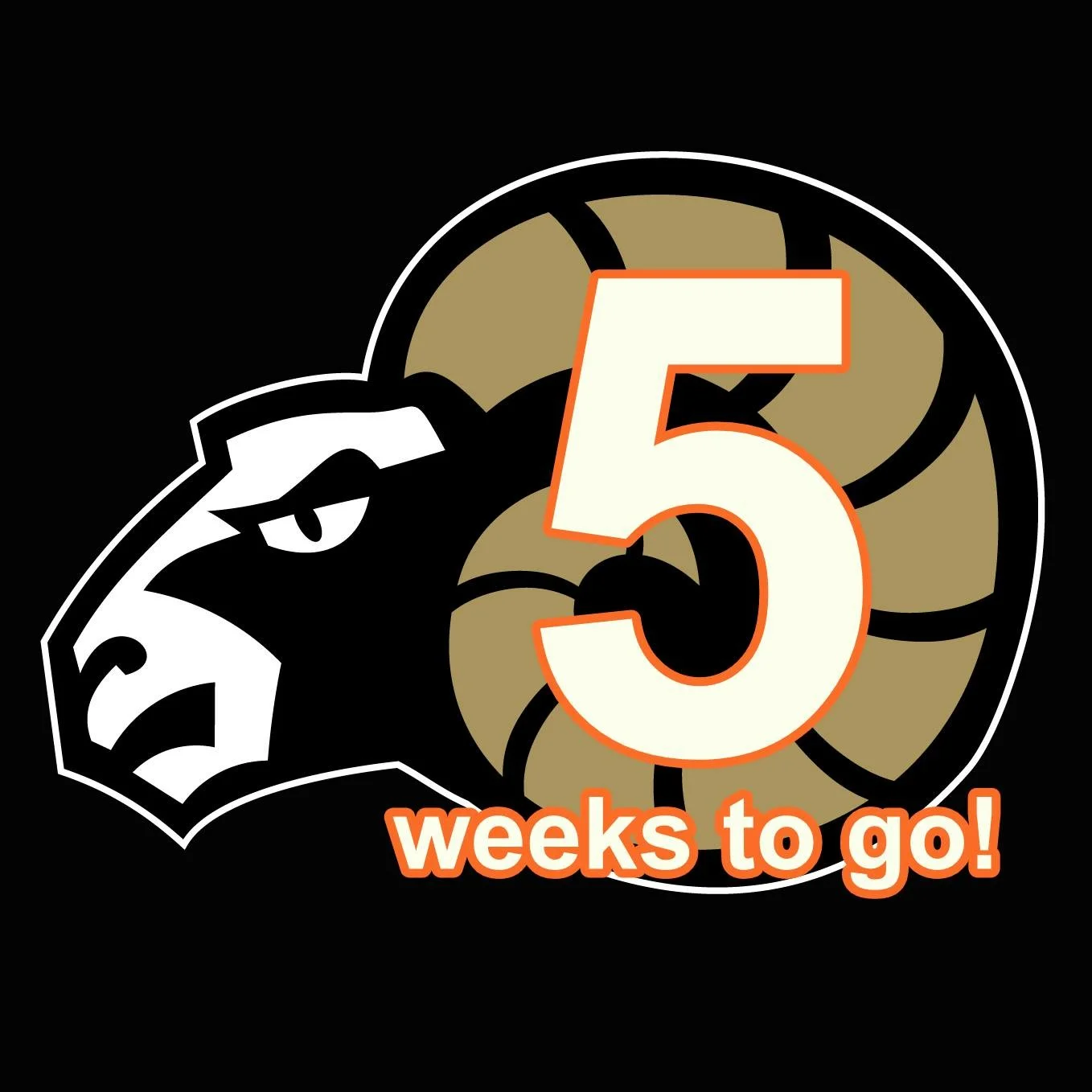Don't run in these!
Alice Wharam our excellent biomechanical podiatrist blogs for us this month on pronation and running... just in time for The Ramathon....
I have lost count of the number of referrals and patients that are booked into my clinic because they think or have been told that they excessively pronate.
Let’s clear a few things up...
1) Pronation is a NORMAL foot movement (made up of foot abduction, dorsiflexion and eversion) and you would struggle to walk without it.
2) There is no study in the world that has defined an ideal foot type because like unicorns they do not exist. There have been many studies that have analysed foot function of injury free athletes, which have failed to meet the historical definitions of normal parameters.
3) Measuring static foot measurements are unreliable. It is nearly impossible to accurately measure foot pronation. That in itself, is a problem, but there is no evidence to say that your static foot position correlates to your dynamic foot function i.e. what your foot is doing while you are running.
4) It is a common belief that if you excessively pronate, this will increase your chance to develop a lower limb injury. WRONG!!
Again, there a very few studies to support this, and rather surprisingly, there is some work that may suggest that a pronated foot type can actually prevent injury.
5) Most of the patients that book into the clinic already have an injury. Do not assume that just because you have a pronated foot type and are nursing an injury that your foot movement has been the cause of it.
For example:
If you have weak glute muscles, this will encourage your foot position to function within an increased pronated position. A lower back problem may present with one leg being longer than the other and as a result it is a common presentation for one foot to appear more pronated than the other in compensation for the temporary leg length difference.
The most common injury that darkens my door is plantar fasciitis. The common culprit for the renowned stealth ninjas of heel pain is tight calf muscles. Tight calf muscles will encourage your foot to pronate.
All of these situations will reveal an “over-pronated” foot but is actually not the causative factor of the injury. PRONATION IS NOT A DIAGNOSIS – and cannot be used as a diagnosis of the presenting pain. The trick to getting people better is to understand the mechanism of injury, of which pronation may play a part. Once you can understand how an injury occurs, it is easy to fix.
I am often asked what my top tips are for treating runners, so here they are!
If in doubt…. squat! There is a joke at the Derbyshire Sporting Joint, that even if you have a broken finger nail, you should squat. Joking aside, I can honestly say that the most common weakness that is identified in a biomechanical assessment of a runner is weak glute muscles. It is by no mistake that these are the largest muscle group in your lower limb. Use them correctly, and they will be your best friends for life.
Be a patient patient. If you are tempted to change your running style – Do not try and do this overnight. It roughly takes 16 weeks to change from heel striking to forefoot striking (a bonus top tip – do not try this if you have a history of calf problems – this will make it worse)
You need to be conditioned to run, not the other way round. I encourage my patients to alternate their training. Try a spin class, swim, bike but do not run day after day. Muscles need to be challenged and without changing things up, you will leave yourself vulnerable to injury.
Just because you see a podiatrist – this is not a license to be given orthotics. My colleagues may not be high-fiving me for this statement, but not everybody needs to be given orthotics. It is easy enough to customise an existing trainer insole with a heel lift, a heel wedge or even padding. If you are not convinced by the advice you are being given, delve a little deeper. Ask about a rehab programme incorporating specific stretching and strengthening exercises, certain footwear, and taping to help you through the initial stage of your treatment. Orthotics can be very effective if used wisely and appropriately, but this needs to be considered on a case by case basis.
Seek specialist advice when it comes to running trainers. Not all trainers are made in the same way, and not the same season to season.
When purchasing a running shoe, you should be assessed while running (not walking or standing), and subsequently advised on a pair of trainers. I have witnessed an individual walk into our clinic with an unremarkable gait, and when observed on the treadmill turn into Phoebe from Friends! As mentioned earlier, static and dynamic foot patterns are not reliably linked, and if you're a forefoot runner, unless yo tiptoe everywhere you are probably going to heel strike to some degree when you walk.
Lastly if you have had orthotics in the past, they need to be checked for signs of wear and tear. The majority of my patients tend to check in once a year to assess if their orthotic devices remain functional, and if indeed if they are still needed. Developing a Beyoncé Booty has been known to eliminate the need for orthotics. Why not give it a go - you have nothing to lose!
May I wish all the runners taking part in the Ramathon the very best of luck in this year’s event.
Over and out,
Alice Wharam


